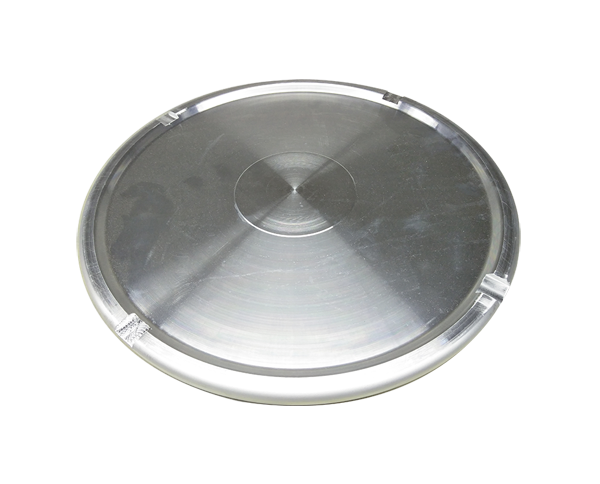2025-02-17 hits:0 source:News

The aluminum die - casting process is a complex manufacturing method that involves injecting molten aluminum into a mold cavity under high pressure. Optimizing this process is crucial for enhancing production efficiency, reducing costs, and improving product quality.
One of the key aspects of process optimization is the adjustment of casting parameters. For instance, the injection pressure needs to be carefully calibrated. If the pressure is too low, the molten aluminum may not fully fill the mold cavity, resulting in incomplete castings. On the other hand, excessive pressure can cause flash, which is the thin excess material around the edges of the casting. By conducting experiments and using simulation software, manufacturers can determine the optimal injection pressure based on the shape and size of the casting, as well as the properties of the aluminum alloy.
The temperature control during the aluminum die - casting process is also of great importance. The temperature of the molten aluminum affects its fluidity. If the temperature is too low, the aluminum may solidify prematurely before filling the mold completely. High - temperature control accuracy can be achieved by using advanced heating and cooling systems. Additionally, pre - heating the mold to an appropriate temperature can help ensure uniform filling and reduce the risk of cold - shuts, which are defects caused by the meeting of two streams of partially solidified metal.
Another optimization strategy is the improvement of the mold design. A well - designed mold can enhance the filling pattern of the molten aluminum and reduce the formation of internal defects such as porosity. For example, the placement of gates and vents in the mold can be optimized to facilitate the smooth flow of the molten metal and the escape of air. Using conformal cooling channels in the mold can also improve the cooling rate and distribution, resulting in more uniform shrinkage and better - quality castings.
Read recommendations:
structural aluminum extrusions
lf you have any questions or comments, you can leave us a message and we will reply to you as soon as possible
